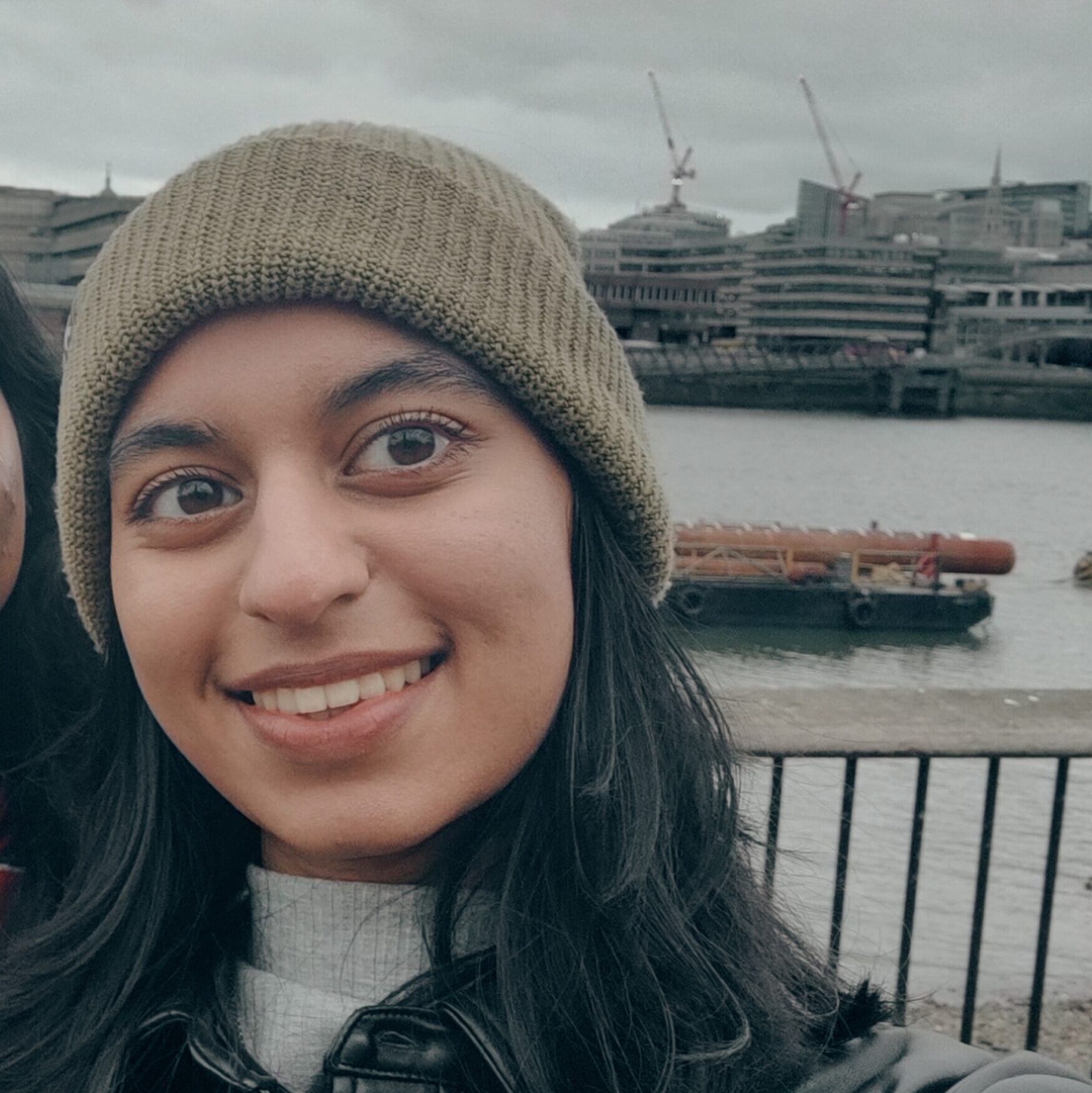Arif Islam(L) and Abdullah Mamaniyat (R).
But the very presence of Muslim athletes has the power to counter these negative stereotypes — as does good reporting. A 2021 study in American Political Science Review found hate crimes in Liverpool dropped by 16 per cent after Mohamed Salah joined Liverpool Men, while fans halved the rate of anti-Muslim comments posted online.
“Just because there was a Muslim — openly Muslim athlete — doing so well for them, it changed the whole perspective,” says Arif Islam, a sports journalist for SportsPro. However, for Arif, this is closely linked with having Muslims represented in the newsroom, to better understand personal experiences and represent them.
Better Representation Means Better Reporting
Reflecting on the time he interviewed Muslim cricketer, Azeem Rafiq, he says: “That personal interaction that me and him had, other people wouldn’t be able to get those sort of questions or answers out of him.” From an athlete’s perspective, Zainab agrees: “I definitely feel it’s easier to talk to the Muslim journalists about the faith bit because they understand.” Recalling an experience she had with one Muslim interviewer, she adds: “I felt fully represented as a Muslim woman.”
There’s a paradox when it comes to Muslims in sport — and a stark difference between what happens on and off the pitch. After the 2024 summer transfer window, there were 44 Muslim players in the men’s football Premier League. Considering there are 20 clubs with squads of 25, that’s an estimated 8.8 per cent of players who are Muslim.
Journalism is a different story. Research from City University in 2016 found that just 0.4 per cent of UK journalists are Muslim — and that’s where the figures stop. While the NCTJ’s Journalists At Work 2024 report does mention religion, it only offers a breakdown of no religion (59 per cent) versus Christian (36 per cent). The remaining five per cent are classed as ‘other’, gathering together Buddhists, Hindus, Jews, Muslims, Sikhs, and other religions.
For its part, the NCTJ says that “sample size restrictions mean we cannot show this data at this level” — but the upshot remains that the proportion of different religions is masked. What’s more, the figures we do have are both wildly out of step with what’s happening on the pitch and the actual UK Muslim population — 6.5 per cent in the latest census.





